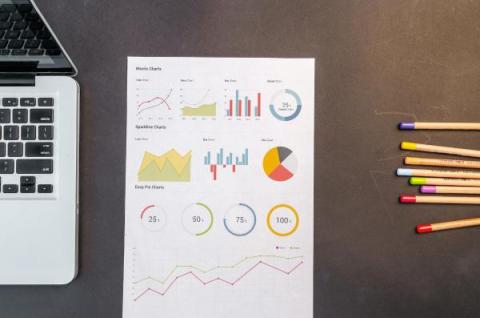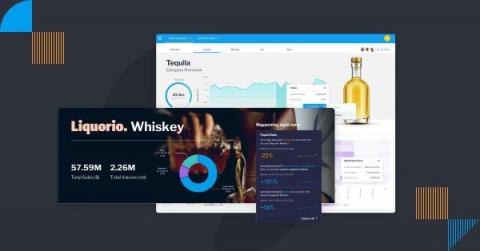Introduction to Dashboard Filters
Learn all about using filters in a dashboard, including editing existing filters and adding new filters. You will also learn how to change the number of items that display in each filter list, and how to change the entry style from a list to checkboxes or popups.













